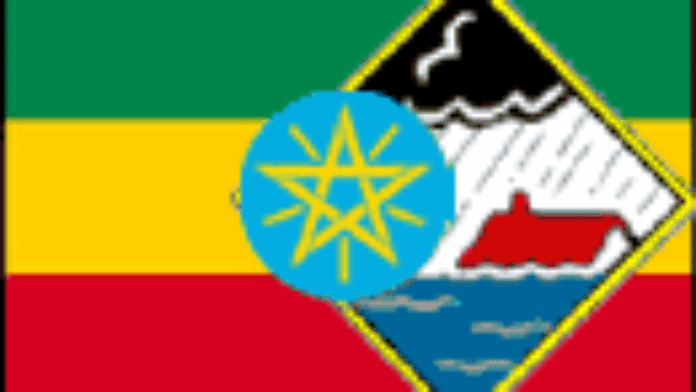
Around 88,000 people in the drought-hit lowland agro-pastoral areas of Southeastern Ethiopia require emergency food assistance, the UN Office for the Coordination of Humanitarian Affairs (OCHA) reported Wednesday.
In addition, OCHA assessment teams have documented a steadily increasing number of livestock deaths due to limited availability of grazing land for pasture and lack of water.
According to relief agencies of the United Nations, the deteriorating situation with regard to human health, food security, livelihoods, and livestock health initially reported in Borena zone has spread to Bale, East Hararghe, Guji and Liben zones of Oromiya Region.
Poor rainfall in the coming months, as forecasted by the National Meteorological Agency, are likely to exacerbate the existing situation in the agro-pastoral areas of the region, OCHA said.
The drought has triggered a rising level of migration by pastoralist communities in search of water and pasture for livestock in the Oromiya region.
At least 29 schools in Borena zone have been forced to close due to water shortage and approximately 3,700 children have dropped out of full-time education.
Besides the situation in Oromiya Region, UN agencies and humanitarian partners have reported the emergence of hotspots in Southern Nations Nationalities and Peoples Region (SNNPR).
These hotspots are in Gamogofa, Hadiya, Kenbata, Sidama, South Omo and Welayita zones.
OCHA said that the required relief was expected from government, humanitarian partners and UN agencies.
Referring to an on-the-ground report by field officers of the World Food Programme (WFP), OCHA added that there was a rapid deterioration of the food security situation in East Hararghe zone, with serious food shortages in Midhega Tola, Chenaksen, Kurfa Chelle, Metta and Bedeno woredas (districts).
Water shortages in pastoral areas have reached a critical level with traditional wells, boreholes, cisterns, ponds and rivers drying up.
As a result, local communities were extremely vulnerable to health deterioration and loss of livestock.
Meanwhile, the Regional Disaster Preparedness and Prevention Commission (DPPC) was distributing 621 metric tonnes of hay for approximately 5,920 heads of cattle in Miyo and Moyale woredas.
Panapress .

